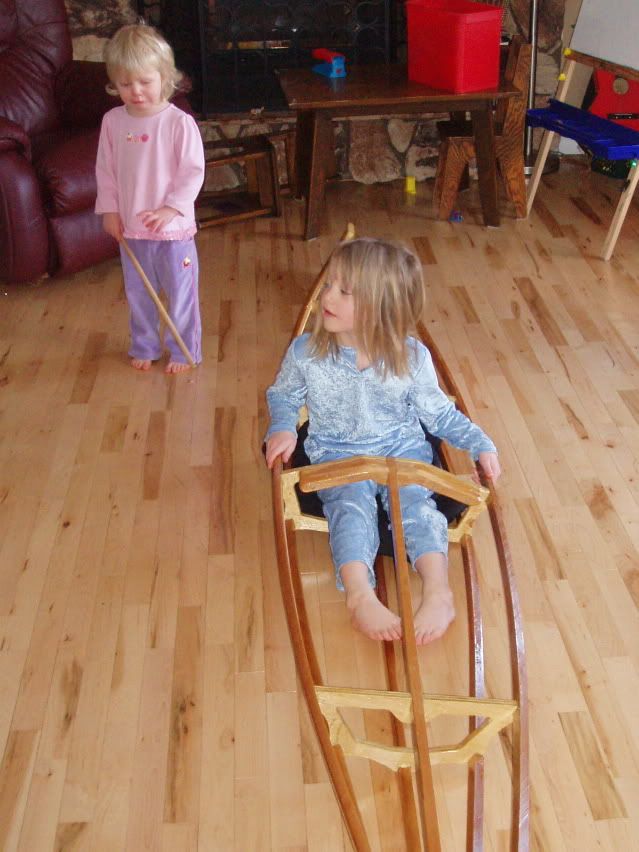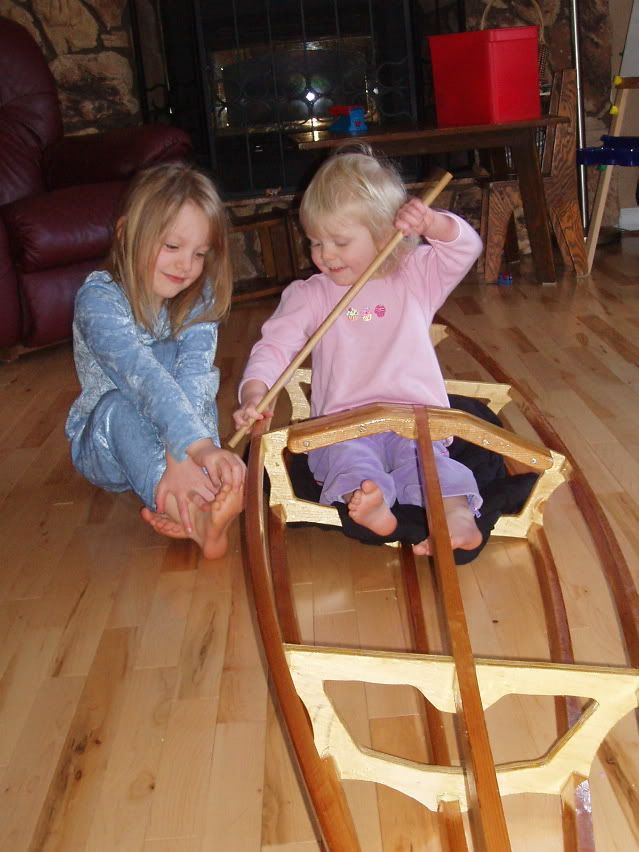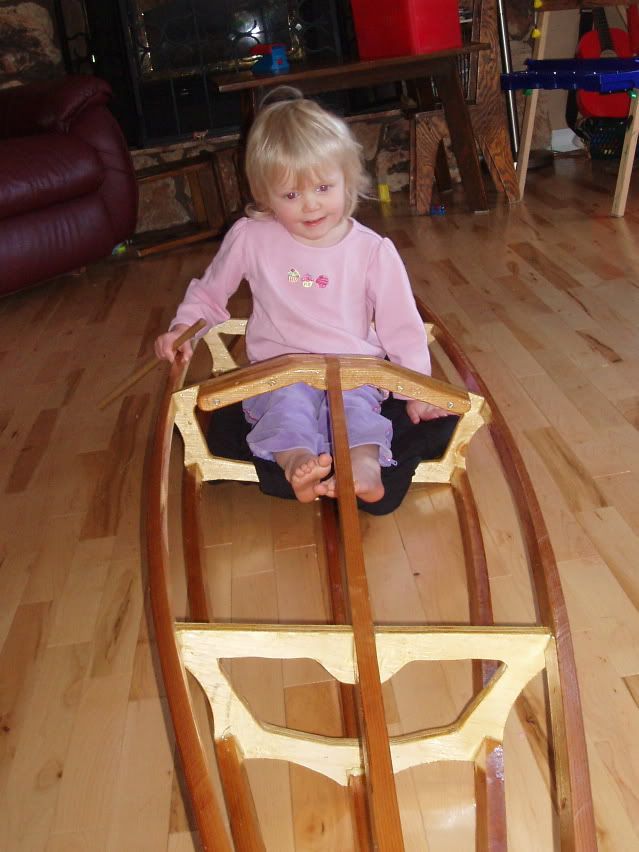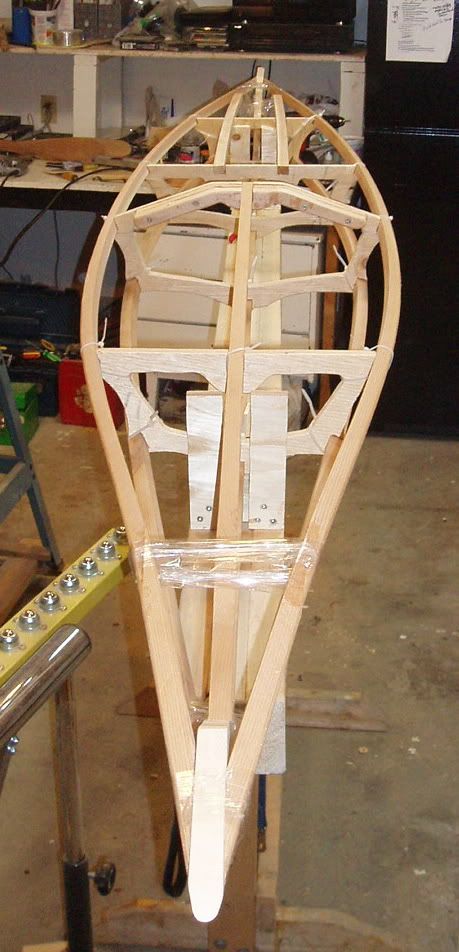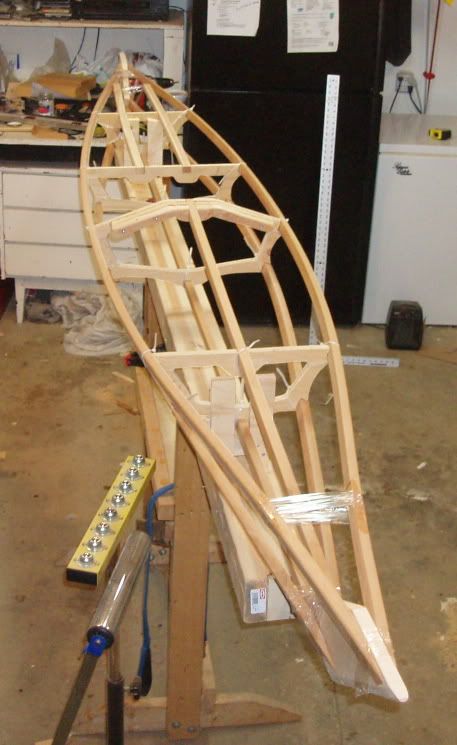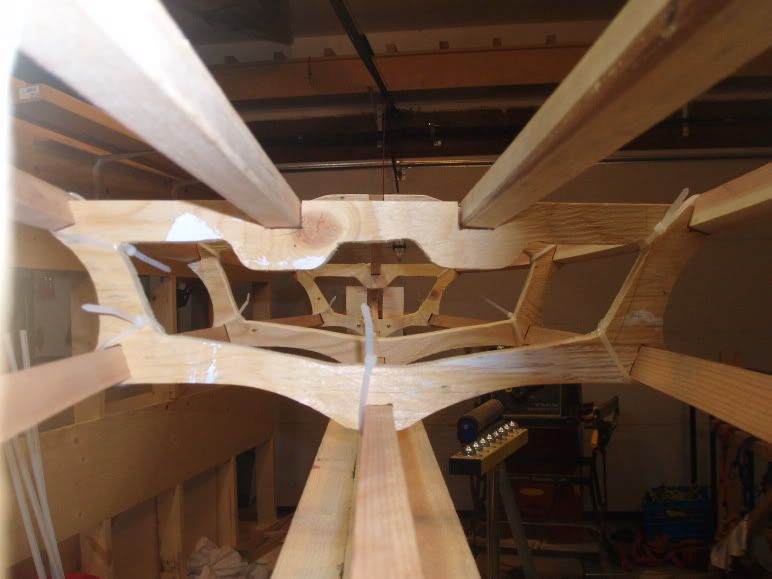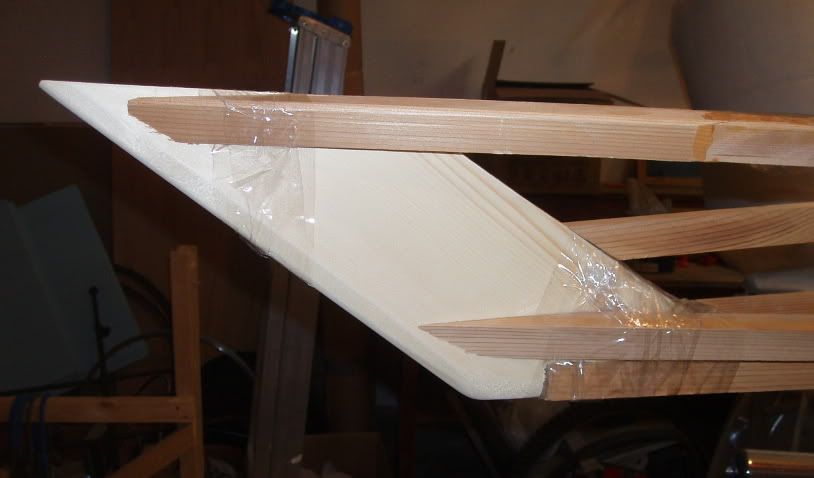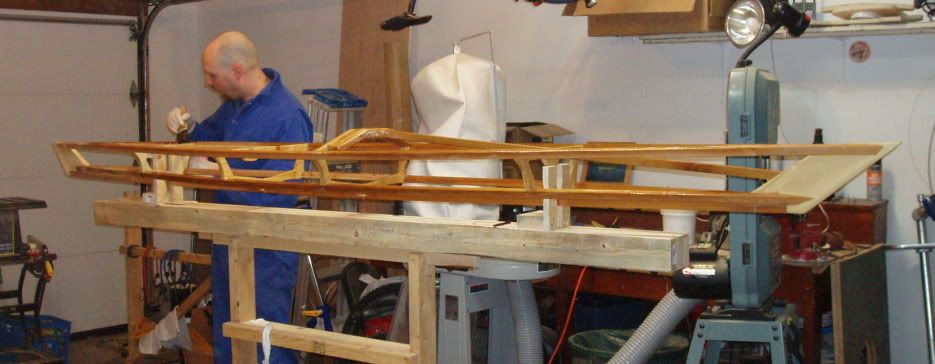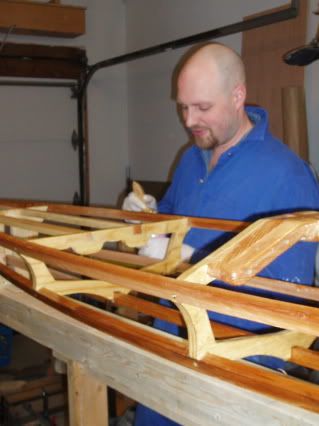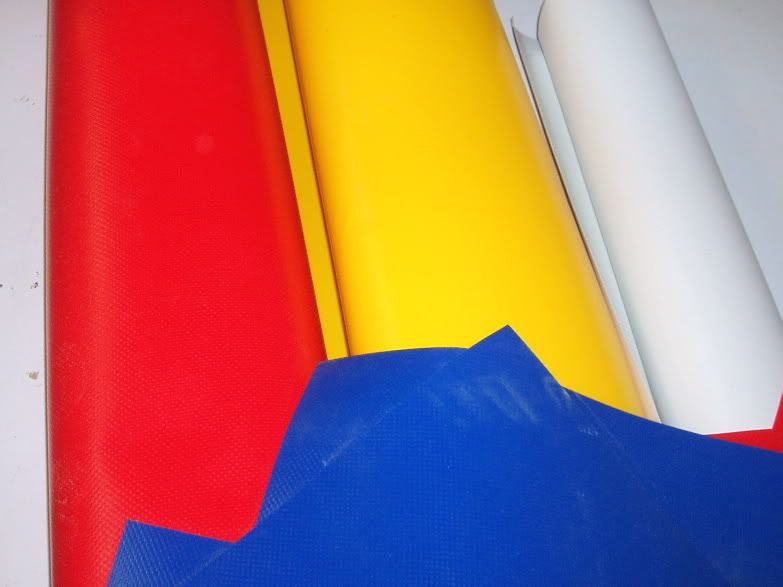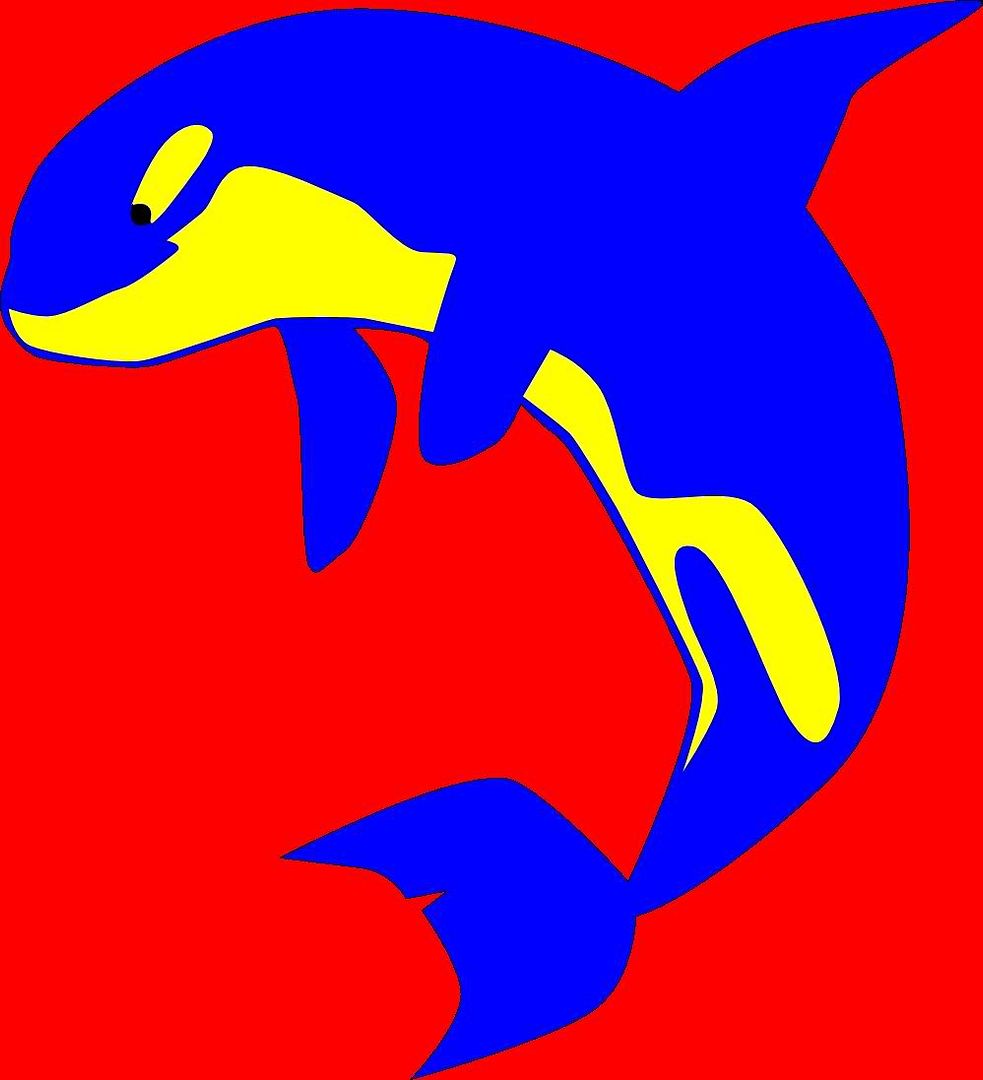Image: A page from the booklet "Design for Services" launched by SEE Design Network of Design Wales, Cardiff. Full pdf files can be downloaded from the links below.Service Design for India: Change in Design & Management Schools neededService Design is an emerging discipline that lies between the various fields of Design and Management. It is the cusp of both these major disciplines, which in India have rarely met or exchanged expertise in an educational setting. Design schools do not teach management in depth nor do management schools teach about design, leave alone design management. We have thousands of management schools in India when the pressing need is for the creation of experts who can innovate great services across a huge number of sectors of our economy. In my view design is needed critically in as many as 230 sectors of our economy and I have written about these in the past.
Across the world many management schools have started embracing design and innovation as a core offering to their students and in this the charge is led by the Rotmans School of Management Toronto and a less known school in Scandinavia called the KaosPilot, both of which have been covered in previous posts on this blog. In the 80’s the London School of Business had produced a book on Design Management and at both the Stanford University, USA and the University of Industrial Arts, Helsinki, there have been concerted efforts to bring together Design, Technology and Management through a planned series of projects that bring together faculty and students from all these disciplines in a transdisciplinary format. The Design Council, London had spearheaded an initiative called RED where a series of innovative design and management exchanges had led to the development of some very interesting new services, all designed by keeping users in mind. The Design Wales too has been working with SME’s and local businesses to assist them to refine their service offerings and their booklet on service design is a very refined offering that can be downloaded as a pdf file.
Several unusual experiments have been taking place in this space and the work done at the Mayo Clinic, USA is one that stands out in using the IDEO methodology to improve the service offerings of the medical establishment and their hospital chain, which has been covered in an earlier post on this blog. This year the KaosPilot school from Sweden has deputed 35 of their students to spend their “Outpost” session of three months in the field at Mumbai, and they are in the city till the end of May 2008 to explore the creation of new and compelling services that can build local entrepreneurship in a number of areas of service offerings from transportation to health systems. The Welllingker School of Management in Mumbai has started a masters programme in Design Management and NID Ahmedabad has a programme on offer called Strategic Design Management, but these are very little for a huge country like India and many of the other management schools should consider offering such programmes if we are to make headway in improving our services with the use of design and innovation, all managed by expert hands that are trained to do the job.
There are many online resources that provide insights into service design and its emerging boundaries and some of these are listed below for immediate access:
1. Design Council, UK: Service Design
http://www.designcouncil.org.uk/en/About-Design/Design-Disciplines/Service-design-by-Bill-Hollins/
2. Rotmans School of Management, Toronto: Integrative Thinking
http://www.rotman.utoronto.ca/mba/courses.htm
3. KaosPilot, Denmark: Design of New Businesses
http://www.kaospilot.dk/
4. Service Design: Wikipedia: Definition and links
http://en.wikipedia.org/wiki/Service_design
5. Service Design Research: Rich Collection of Papers
http://www.howardesign.com/exp/service/
6. ServiceDesign.org: Resources hosted by live/work UK
http://www.servicedesign.org/
7. Design Wales, Cardiff: SEE Design Journals
http://www.designwales.org.uk/designwalessf/DWDesignSectorsEng_DWProgrammesEng.aspx
8. SEE Design, Design Wales, Cardiff: Service Design booklet pdf
http://www.seedesign.org/seedesign/
Download: http://www.seedesign.org/seedesign/news.aspx?id=35
Part 1: http://www.seedesign.org/seedesign/uploaded_files/design%20for%20service%20-%20part%201%20of%202.pdf
Part 2: http://www.seedesign.org/seedesign/uploaded_files/design%20for%20service%20-%20part%202%20of%202.pdf
9. Design Management Institute
http://www.dmi.org/dmi/html/index.htm
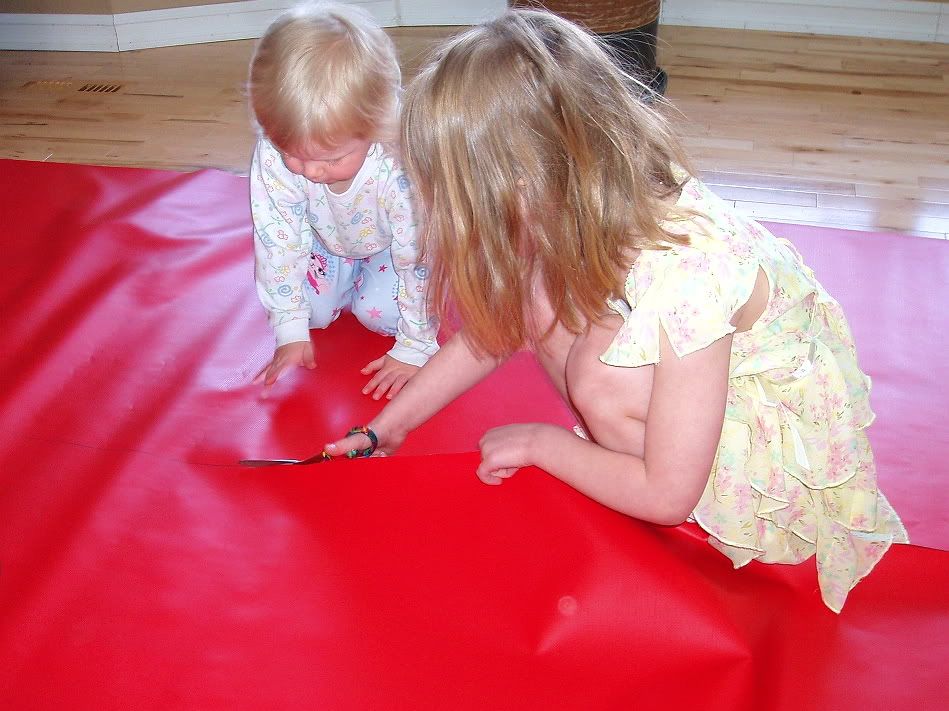 With her sister at school, my younger daughter checks out the fabric draped over the hull.
With her sister at school, my younger daughter checks out the fabric draped over the hull.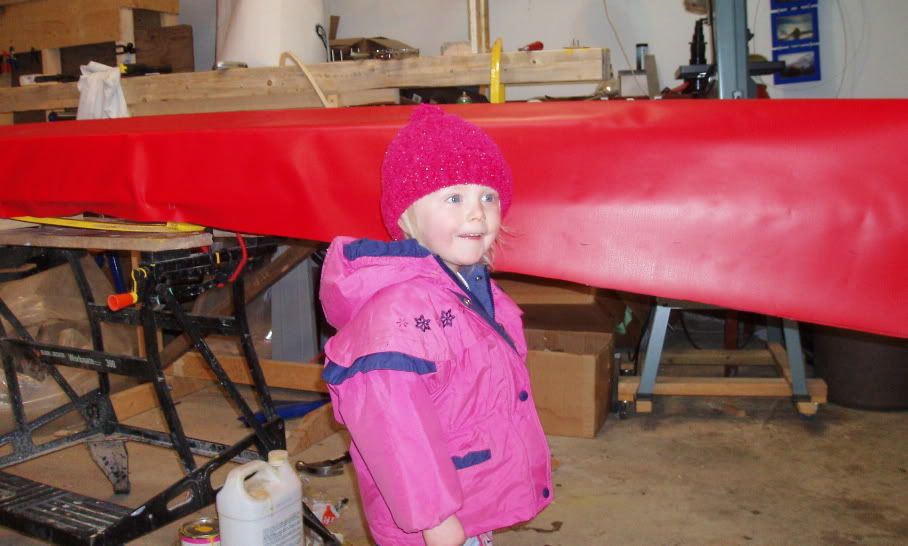 The hull has been stapled into place. As more staples were added, it was pulled ever tighter. I would pull out the original staples as I went along, replacing them with ones that pulled the fabric more tightly.
The hull has been stapled into place. As more staples were added, it was pulled ever tighter. I would pull out the original staples as I went along, replacing them with ones that pulled the fabric more tightly. Most of these wrinkles worked themselves out.
Most of these wrinkles worked themselves out.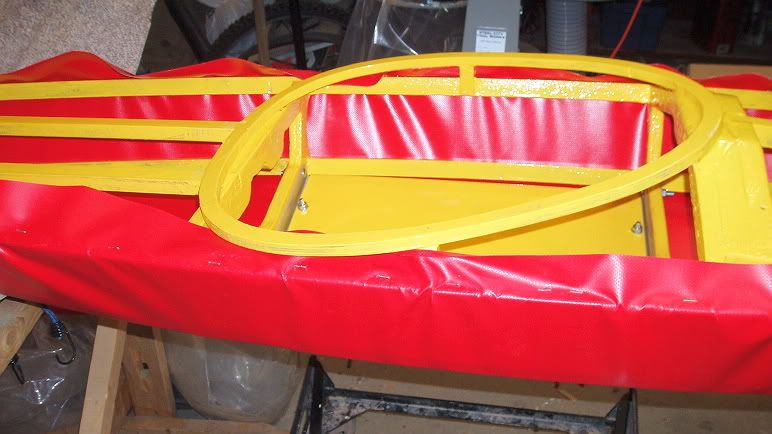 However, I did have wrinkles at the stern keel that I could not work out. The waves along the side are not my main concern but the ridges right over top of the keel I think is not great. I tried every which way to minimize them, including warming up the PVC in hopes of getting some stretch to get rid of the wrinkles but they remained.
However, I did have wrinkles at the stern keel that I could not work out. The waves along the side are not my main concern but the ridges right over top of the keel I think is not great. I tried every which way to minimize them, including warming up the PVC in hopes of getting some stretch to get rid of the wrinkles but they remained.
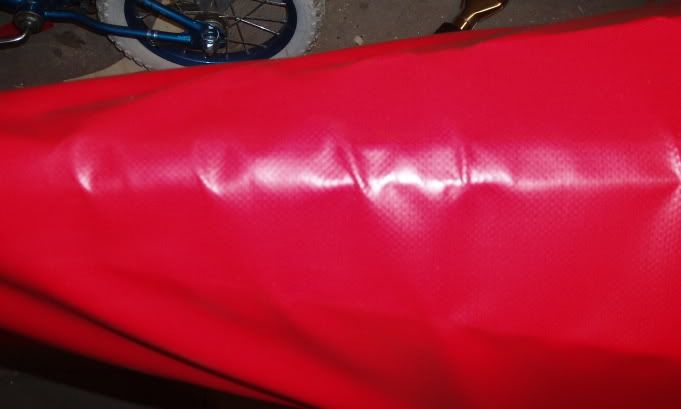 I could have probably left them, but I opted to slice the fabric along the keel about 18" allowing the fabric to spread follow the hull without the wrinkles. I then placed a patch over this area to rejoin and seal the hull.
I could have probably left them, but I opted to slice the fabric along the keel about 18" allowing the fabric to spread follow the hull without the wrinkles. I then placed a patch over this area to rejoin and seal the hull.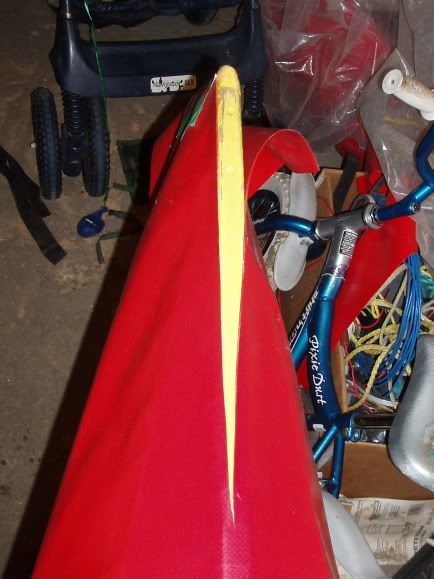 I'll add pictures of the completed hull including the stern stem patch later this week, probably as a new post. I'll add a couple pictures of the bow and stern float bags I made to keep the kayak afloat when swamped.
I'll add pictures of the completed hull including the stern stem patch later this week, probably as a new post. I'll add a couple pictures of the bow and stern float bags I made to keep the kayak afloat when swamped.






















